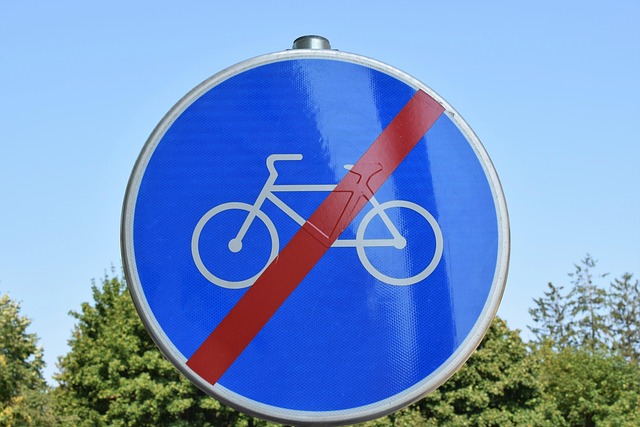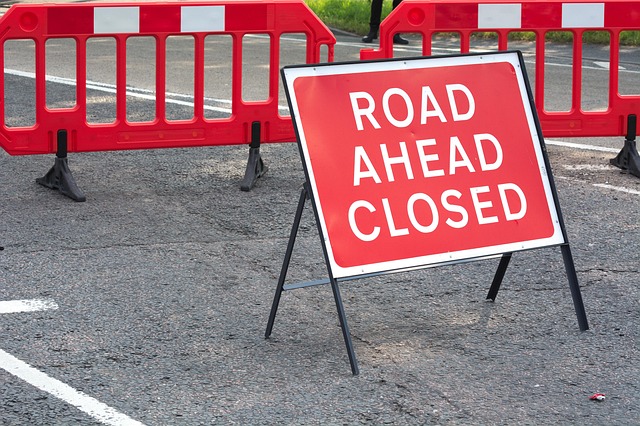Rainy weather necessitates Select Road Safety Tips. Reduce speed, maintain distance, use headlights, deploy wiper blades at max speed, avoid blinding others with low beams, exercise caution in flooded areas, keep safe distance from pedestrians and crosswalks, adhere to construction zone limits. Prioritize safety through vehicle maintenance, emergency tools, and driver refresher courses.
Rainy conditions require cautious driving. Understanding how weather impacts roads, adjusting your speed and maintaining proper vehicle care are essential road safety tips. Heavy rainfall can cause hydroplaning, reduced traction, and poor visibility. To stay safe, select a suitable speed for wet conditions, increase distance between vehicles, ensure regular maintenance checks, and use lights and wipers for clear visibility. Following these road safety tips ensures a secure journey during rainy weather.
- Understand Weather Impacts on Roads
- Adjust Driving Speed and Distance
- Maintain Proper Vehicle Maintenance
- Ensure Clear Visibility and Lighting
Understand Weather Impacts on Roads

Rainy weather significantly impacts road conditions, making it crucial for drivers to select appropriate Road Safety Tips. When rain falls, it can create slippery surfaces, reduced visibility, and varying road conditions that demand extra caution. Understanding how wet weather affects roads is key to navigating safely. For instance, water can wash away road markings, making it harder to gauge turns or stops, while oil and grease can become hazardous when mixed with raindrops, creating a slick film on the pavement.
To ensure safe winter driving practices every motorist should know, pay attention to road signs and messages indicating wet conditions. Remember that children’s understanding of road safety is also vital during such weather. Always adjust your speed accordingly, keeping a safe distance from other vehicles. Pedestrian safety guidelines day and night become even more critical in rainy seasons, as visibility for both drivers and pedestrians decreases.
Adjust Driving Speed and Distance

In rainy conditions, adjusting your driving speed and maintaining a safe distance from other vehicles are key road safety tips. Reduce your speed to match the wet weather, giving yourself more time to react to unexpected hazards. Remember, the dangers of distracted driving statistics show that reduced visibility and slippery roads multiply the risks when you’re not fully focused on the road.
When navigating narrow, winding roads safely, keep a much greater distance behind the vehicle in front of you. This allows for extra stopping time, as braking distances are significantly increased on wet surfaces. Ensure your vehicle is equipped with essential roadside assistance essentials, such as a spare tire, jumper cables, and an emergency kit, to prepare for any unforeseen circumstances that may arise during your journey.
Maintain Proper Vehicle Maintenance

Keeping your vehicle in good condition is essential for safety, especially during rainy conditions. Make sure to regularly service your car, focusing on critical components like brakes, tires, and wiper blades. Well-maintained wipers can provide clear visibility by effectively clearing water from your windshield. Additionally, ensure your lights are functioning properly so you can increase visibility on the road and make other drivers aware of your presence, even in low-light or rainy weather.
When driving in rainy conditions, staying alert and following road safety tips is crucial. Remember to reduce speed, maintain a safe distance from other vehicles, and be extra cautious around schools zones, where pedestrian safety becomes paramount. Understanding road signs and their meanings can help guide you through these conditions, ensuring everyone’s well-being. Consider enrolling in senior driver refresher courses to sharpen your driving skills and gain insights into best practices for staying safe on the roads.
Ensure Clear Visibility and Lighting

When driving in rainy conditions, clear visibility and adequate lighting are paramount for road safety. Always use your vehicle’s headlights to improve visibility and make it easier for other drivers to see you. In heavy downpours, wiper blades should be at maximum speed to keep windshields clear. Remember that high beams can be blinding to others, so switch to low beams when other vehicles are nearby.
Additionally, take extra precautions when driving through flooded areas, as water can distort visibility and cause hydroplaning. Keep a safe distance from pedestrians at crosswalks and signals, and be especially cautious around them in poor weather conditions. Similarly, tips for driving in construction zones safely include slowing down and following workers’ instructions, as these areas often have reduced speed limits and unpredictable hazards.
Rainy conditions demand extra caution while driving. By understanding weather impacts, adjusting your speed and distance, maintaining proper vehicle maintenance, and ensuring clear visibility, you can significantly improve road safety. Following these essential road safety tips will help keep you and others on the road secure during wet weather.
